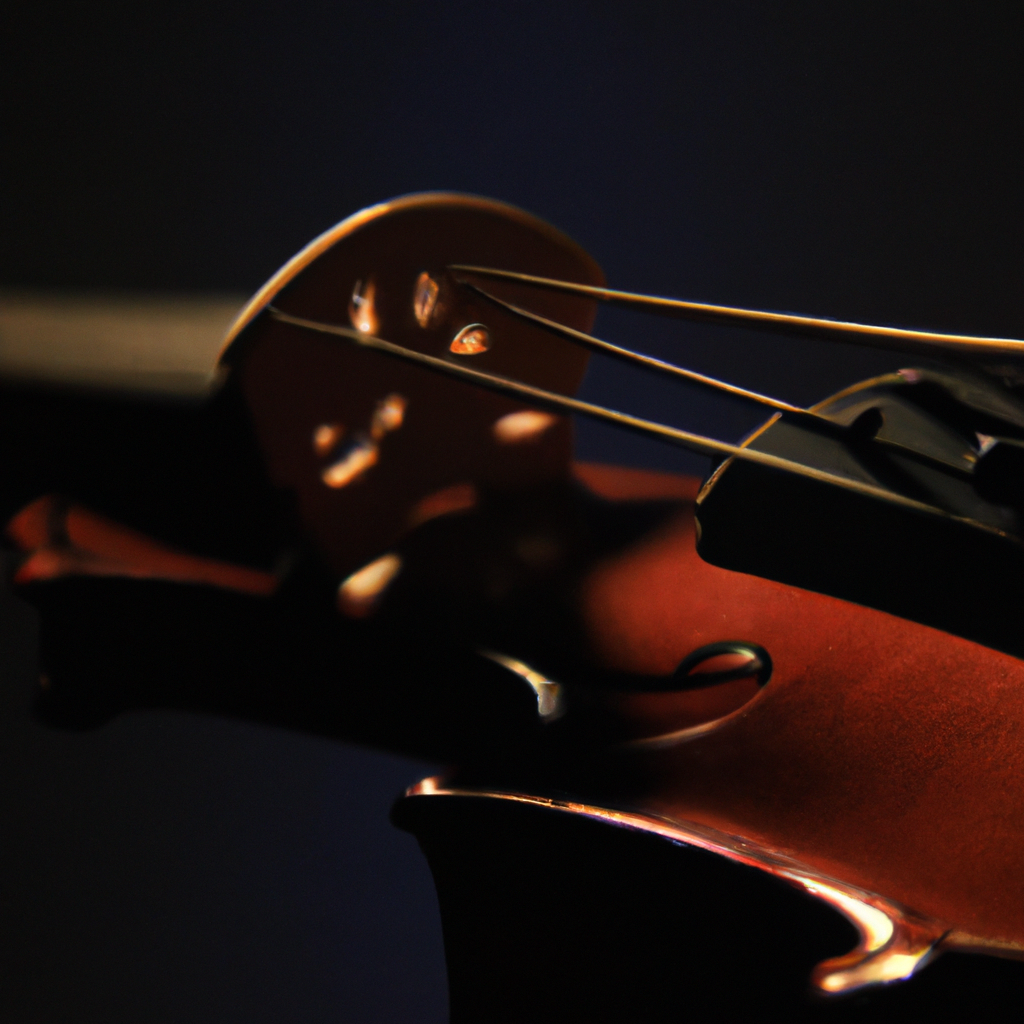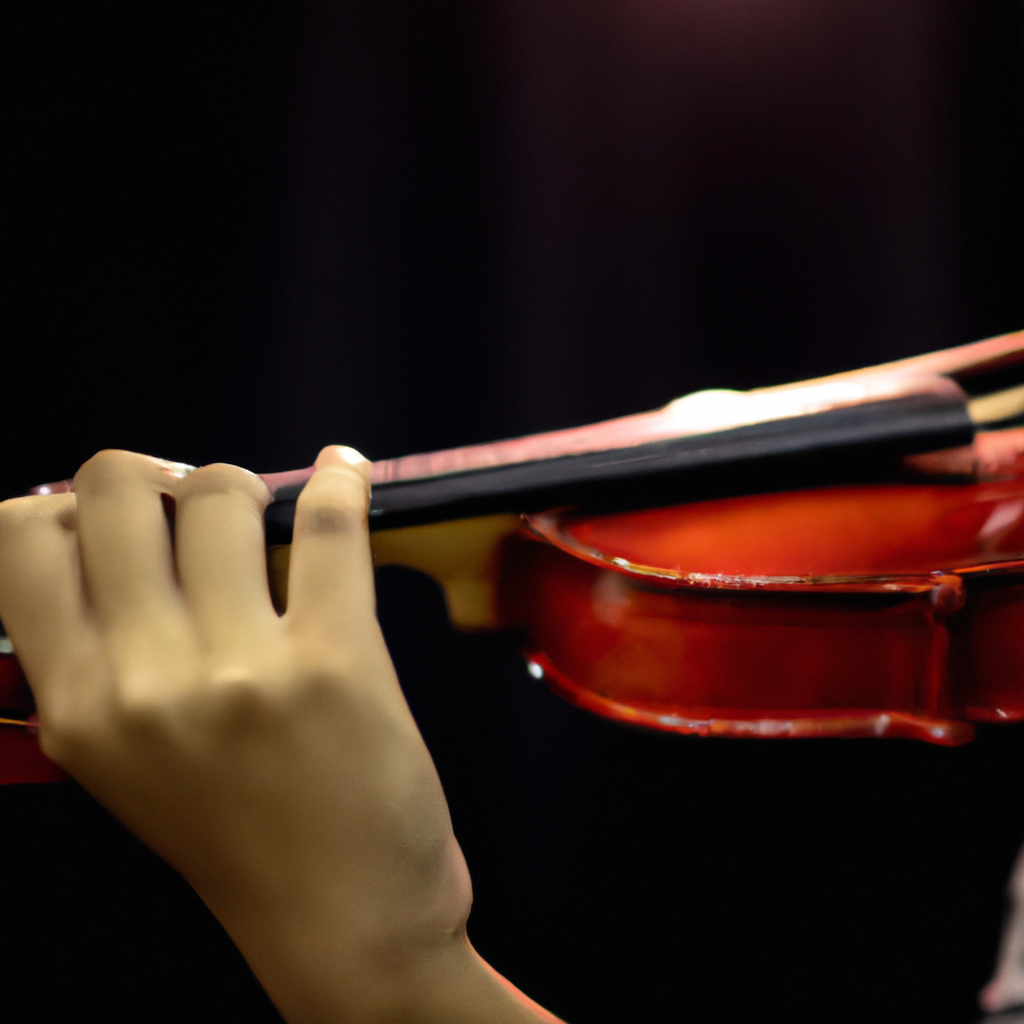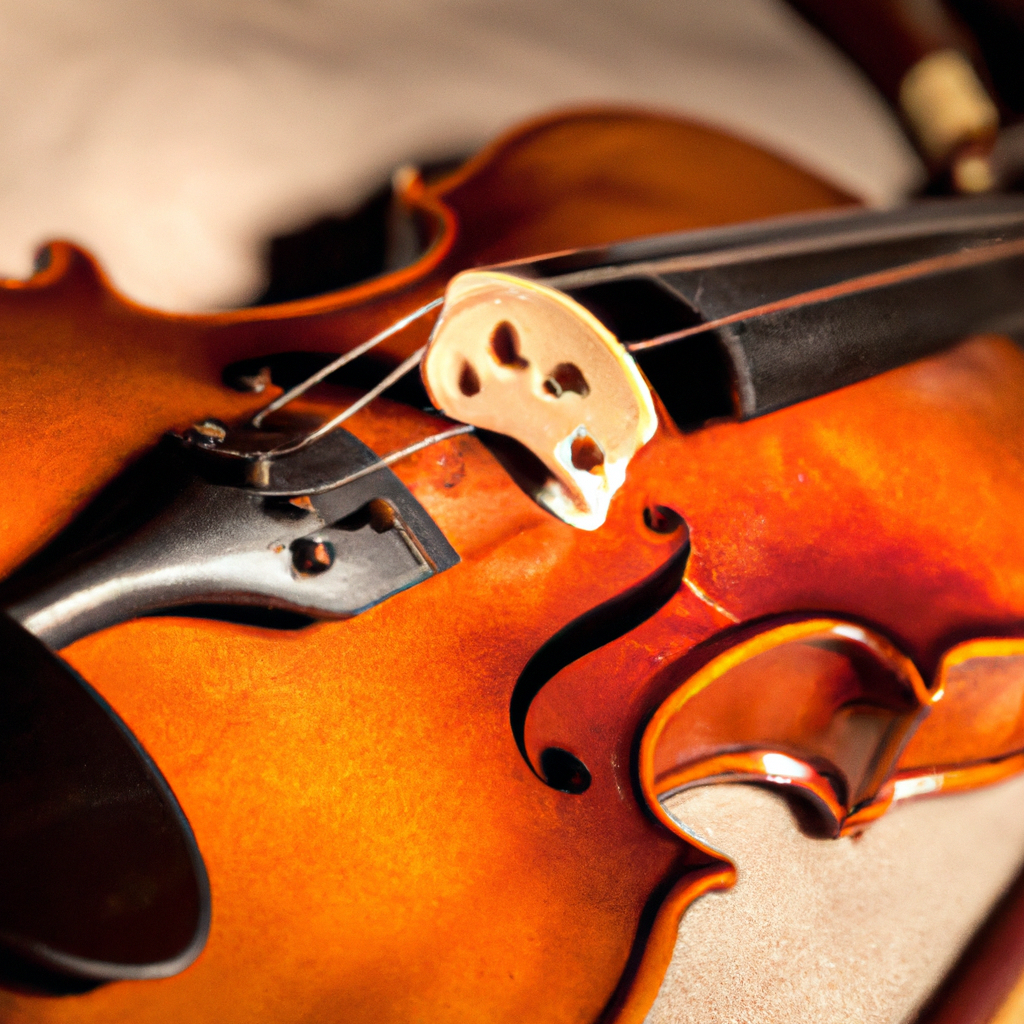
Learning to play the violin is a rewarding and enriching experience. Whether you're a complete beginner or have some musical background, this guide will take you through all the essential steps to get started on your journey to becoming a skilled violinist. From choosing the right instrument to mastering basic techniques and playing your first songs, this guide covers everything you need to know to get started.

The purpose of this article is to provide a comprehensive beginner's guide to playing the violin. We will explore the importance of learning to play this beautiful instrument and how it can enhance your musical abilities and creativity.

Learning to play the violin is not only a fulfilling hobby but also offers numerous benefits. It helps in developing discipline, focus, and perseverance. Playing the violin also improves coordination, memory, and cognitive skills. Moreover, it provides an avenue for self-expression and creativity.

Before you begin your violin journey, it's important to choose the right instrument. There are various types of violins available, including acoustic, electric, and student models. Factors to consider when selecting a violin include your skill level, budget, and intended use.

Finding the right size and fit is crucial, especially for beginners. A violin that is too large or too small can hinder your progress. Tips for finding the right size and fit include measuring your arm length and consulting with a violin professional.
For more information on choosing the right violin, visit this link.
Before diving into playing the violin, it's essential to understand the different parts of the instrument. Knowing the functions and importance of each part will help you care for and maintain your violin properly.
The violin consists of various components, including the body, neck, fingerboard, strings, bridge, tailpiece, and chinrest. Each part plays a crucial role in producing the violin's unique sound. Proper care and maintenance of these components are necessary to ensure the longevity and performance of your instrument.
Correct posture and positioning are vital for playing the violin effectively. Holding the violin securely and positioning the bow correctly are fundamental techniques that every beginner should master.
Proper posture includes maintaining a relaxed yet upright position, allowing for free movement and flexibility. Holding the violin securely involves balancing the instrument on your shoulder and chin, ensuring stability and comfort. Techniques for holding and maneuvering the bow include proper hand placement, bow grip, and bowing motion.
Reading sheet music is an essential skill for violinists. It allows you to understand and interpret musical compositions accurately. Familiarizing yourself with music notation, staffs, and basic musical symbols is crucial for reading sheet music fluently.
Tips for reading sheet music accurately include understanding key signatures, time signatures, and note values. By practicing regularly, you'll gradually develop the ability to read music more effortlessly.
Before playing, it's essential to tune your violin to ensure that it produces the correct pitch. Out-of-tune strings can affect your playing and overall sound quality. Tuning your violin can be done manually or with the help of a tuner or tuning app.
Various methods can be used to tune the strings, including using a tuning fork, a piano, or another instrument as a reference pitch. Tuning apps are also available for smartphones and tablets, providing a convenient and accurate tuning solution.
Understanding finger placement on the fingerboard is crucial for playing the correct notes on the violin. Different finger positions and scales help develop finger dexterity, intonation, and muscle memory.
Learning the correct finger placement for different notes involves positioning the fingers on the fingerboard according to the specific pitch and string. Practicing scales, such as the major and minor scales, helps familiarize yourself with different finger patterns and improves overall playing ability.
The bow is a vital component in producing the violin's sound. Mastering proper bowing techniques is essential for achieving a smooth and consistent tone.
Different types of bow strokes and techniques, such as legato, staccato, and détaché, allow for a variety of articulations and musical expressions. Bowing exercises, including bowing on open strings and string crossings, help develop control, tone production, and bowing fluency.
Once you have developed a solid foundation in finger placement and bowing techniques, you can begin to explore more advanced violin techniques.
Techniques such as vibrato, pizzicato, and spiccato add depth and complexity to your playing. Mastering these techniques requires patience, practice, and proper guidance. Step-by-step instructions and practice exercises can help you improve your proficiency.
Playing your first songs is an exciting milestone in your violin journey. Selecting simple songs that are suitable for beginners allows you to apply the techniques you've learned and build confidence in your playing.
Practicing and memorizing songs helps improve your overall musicality and performance. Start with easy melodies and gradually progress to more challenging pieces as you gain proficiency.
Regular practice is essential for improving your violin skills. Creating an effective practice routine helps you stay organized, motivated, and focused on your goals.
An ideal practice schedule includes warm-up exercises, technique drills, repertoire practice, and sight-reading exercises. Setting realistic goals and tracking your progress will keep you motivated and help you overcome challenges.
Having a violin teacher can significantly accelerate your learning progress. A teacher provides personalized guidance, feedback, and corrections to help you develop your skills.
Online resources, such as video tutorials, online courses, and interactive platforms, are also valuable tools for learning the violin. They offer flexibility, convenience, and access to a wealth of instructional materials.
When looking for a violin teacher or online resources, it's important to consider their qualifications, teaching style, and reviews from other students.
Addressing common questions and concerns about learning the violin can provide valuable insights and guidance for beginners. Some frequently asked questions include:
By providing clear answers to these questions, beginners can gain a better understanding of the violin learning process.
In conclusion, learning to play the violin is a journey that requires dedication, patience, and consistent practice. By following this beginner's guide and seeking guidance from experienced teachers or online resources, you'll be well on your way to becoming a skilled violinist. Enjoy the process and embrace the beauty of this remarkable instrument!